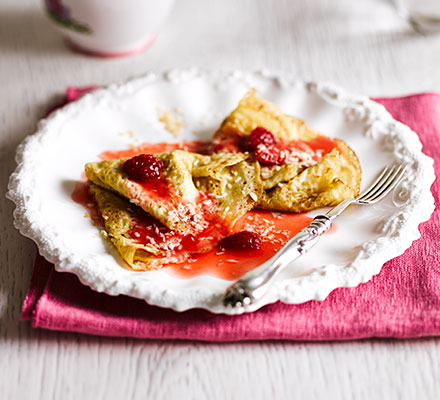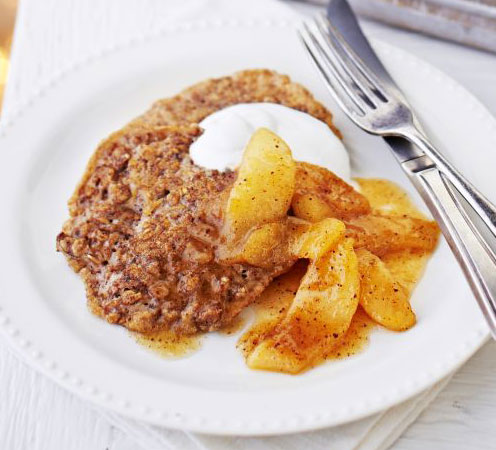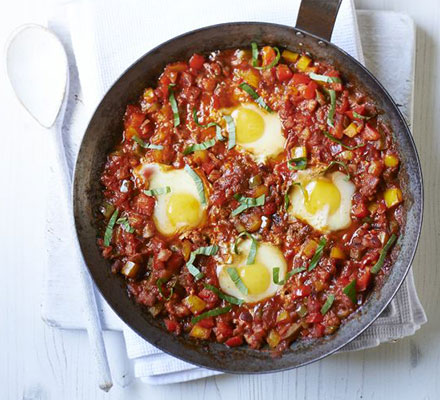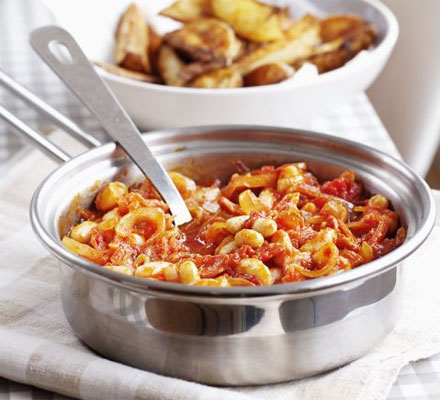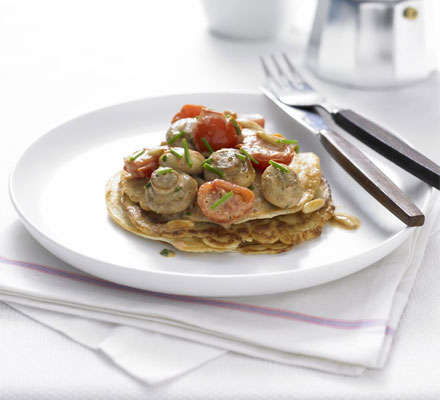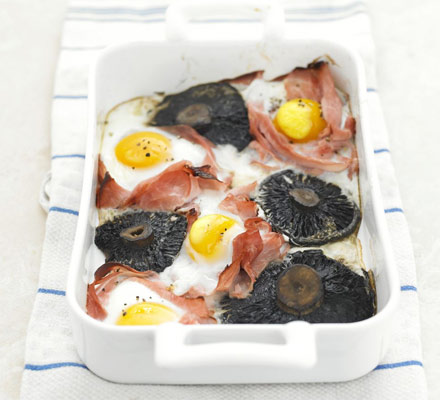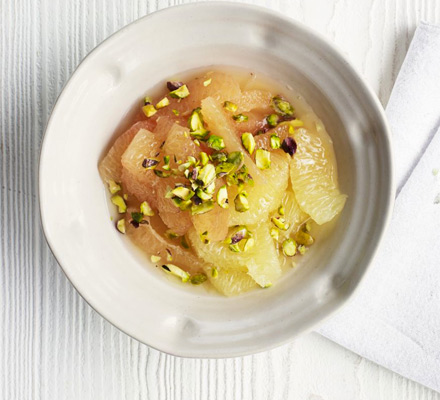Seville orange marmalade
Seize the short Seville orange season and boil up homemade marmalade to put on your toast and use in Jane’s recipes
-
Prep:45 mins
Cook:2 hrs
Plus overnight soaking - More effort
Nutrition per serving
-
kcal 57
-
fat 0g
-
saturates 0g
-
carbs 15g
-
sugars 15g
-
fibre 0g
-
protein 0g
-
salt 0g
Ingredients
- 1kg Seville oranges, well scrubbed and halved
- 1 unwaxed lemon
- 2kg granulated sugar
Tip
Crucial equipmentA preserving pan is the key bit of equipment if you want to make a good marmalade, jam or chutney. It's all about evaporation - the sloping sides and wide top help to drive off liquid quickly, so your preserve can reach the perfect consistency without overcooking.Freezing oranges
If you don't have time to make marmalade while Seville oranges are in season, snap them up and stick them in the freezer, whole, for up to 3 months. Defrost and use as fresh. They may take longer to reach setting point than fresh, but they taste just as good.
Method
Squeeze the oranges and keep their juice. Scrape out the pith and pips with a metal spoon, again keeping everything. Juice the lemon, too, then put the lemon shells, orange pith and seeds into a square of muslin about 30 x 30cm, and tie it with string. Leave the string long – that way you can tie it to your wooden spoon, which will make it easier to lift out later.
Cut each orange shell into 3 petals, then finely shred with a large, sharp knife. Put the peel into a preserving pan, tip in the juices, then sit the bag in the juice. Pour in 2.4 litres/4 pints cold water and leave to steep overnight.
Next day, leaving the bag in the pan, bring the liquid to the boil, then simmer for about 1 hr, or until the peel is soft and translucent and the liquid has reduced by one third. Turn off the heat and lift the muslin bag into a large bowl. Leave the bag until it’s cool enough to handle.
While you wait, get your jars ready. Wash 8 x 450g/1lb jars (or the equivalent volume larger or smaller jars) in hot, soapy water, then leave in a low oven to dry completely. Keep them warm. Alternatively, if you’ve got a dishwasher you can run the jars and lids though a hot cycle, then let them dry. Put a saucer in the freezer at this point, too.
Now for the messy bit – I like to don a pair of rubber gloves at this point. Hold the bag over its bowl, and squeeze and pummel it until you’ve extracted every last drop of juice and gunge through the muslin. This stuff contains the pectin – the crucial ingredient to the perfect set. You can now throw away what’s left in the bag and wash the muslin, ready to re-use.
Stir the contents of the bowl, plus all the sugar, into the pan. Stir every so often over a very gentle heat until the sugar has completely dissolved. Don’t boil before all the sugar has melted.
Slowly bring the pan to the boil. After 10 mins boiling, spoon a small blob of marmalade onto the cold saucer. Leave for a few secs, then push the marmalade with your finger. If it wrinkles, it’s ready. If not, boil for 10 mins more then try again. Even if you have a sugar thermometer (look for 105C or where it says ‘jam’), I’d still recommend the saucer test. If yours seems to be taking a while don’t worry, it can take anything from 10 mins to 45 mins for marmalade to reach setting point, depending on your oranges. Skim off any scum that comes to the surface in the meantime.
Once you’ve reached setting point, ladle the marmalade into the warm jars and seal. A funnel is really handy if you have one. The marmalade will keep for up to 1 year in a cool, dark place, and for up to a month in the fridge once opened.













